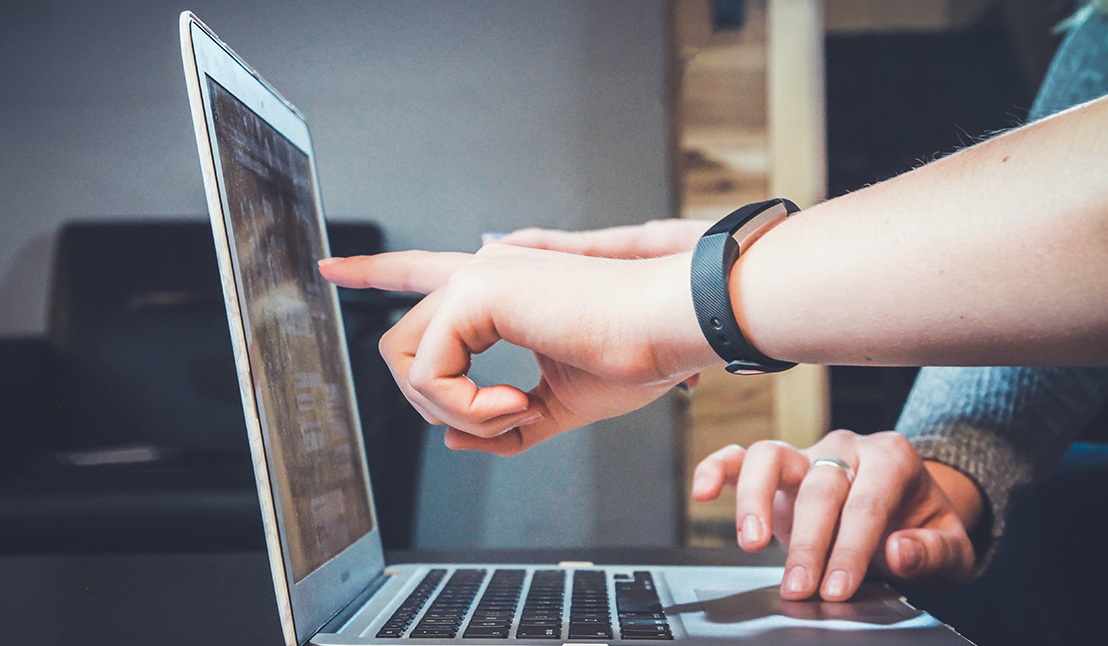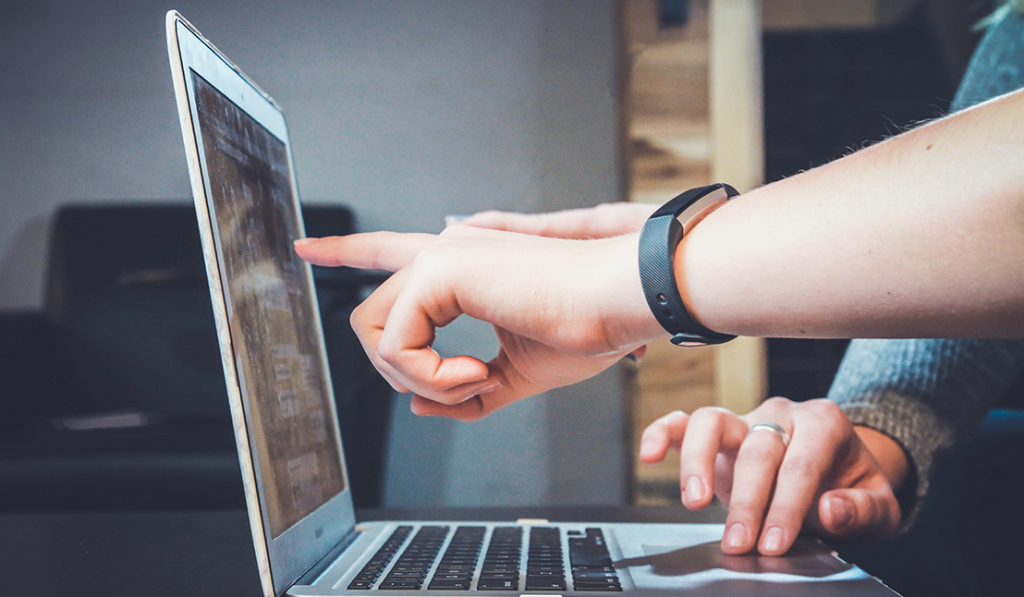 Glossary
Glossary
What is web tracking and the tools it uses
What is web tracking?
Web tracking is a method of monitoring visitors on a website using various tools, anonymously, whilst they’re navigating. The goal is to find out more about their behaviour, their needs, and their preferences, with the aim to improve their experience on your website.

What you can find out through web tracking:
-The pages visited by the user, as well as your own page.
-How often they visit your website.
-What internauts click on when on your web page.
-The amount of time spent on your web page.
-The movements and speed of the cursor on your website.
-The areas on your web page where users stop.
![]()
As you can see, web tracking, apart from being very useful for better knowing your website visitors and meeting their expectations whenever they visit you, it can also benefit your digital marketing campaigns in many ways.
But how do you use web tracking? You can do it through:
–Cookies: this technology is the most often used and well-know one. Cookies are small blocks of data that is loaded on the user’s navigator when they visit a website, to track them.
–Pixel tags: these are transparent images of one pixel that is present on a web page or email. Normally, the senders of these pixels are advertising servers, which are loaded when the user opens the site or email.
–Ultrasound beacons: these are high pitches sounds that humans don’t register but allow other devices to react to it. Ultrasound beacons can be found in physical spaces, like in a shop or a branch, connecting to customers’ mobile devices to track them and not only digitally. Have you ever visited a shop for backpacks and when you look online you see an advert for that same brand? Well, now you know why.
-Browser fingerprint: this is specific information on a user’s systems and settings on their computer or navigator and is provided to the visited website. In other words, the fingerprint of each one of the devices and navigators that visit your website will have unique information.
These are just some of the tools you can use for web tracking on your web page, however, there are many more out there. You only have to look at each of them and see which one is most in line with your goals.
Lastly, it’s important to talk about something related to web tracking. Personal data protection and the right of all users to have their personal data used confidentially and only for the purposes they determine.
For this, it’s fundamental that you are 100% transparent with visitors on your web page. Make them aware of how they are being monitored, by whom and for what purpose. And, of course, let them decide whether or not to allow web tracking.


